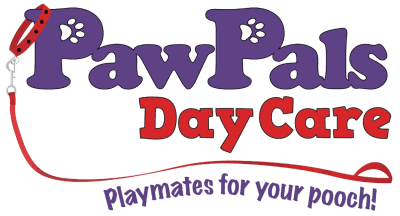At PawPals DayCare & PawPals Parlour, we’re not just about care, we’re about understanding each dog. A key aspect of this is decoding the silent language of our canine friends, particularly their tail movements. Contrary to popular belief, tail wagging isn’t just a sign of happiness. It’s a complex form of communication, rich in emotional expression.
Decoding the Wag: A Guide to Canine Emotions:
The Spectrum of Tail Movements: The way a dog wags its tail can encompass a range of emotions. A slow, sweeping motion often indicates contentment, while a stiff, brisk wag might signal alertness or unease. Observing the nuances in your dog’s tail movement can provide insights into their emotional state.
The Significance of Wag Direction: The direction of a tail wag can also be insightful. Emerging studies suggest that dogs may wag more towards the right side when they’re feeling positive and to the left when they’re less comfortable or facing something they perceive negatively.
The ‘Helicopter’ Wag: This circular wagging, often resembling a helicopter’s rotor blades, is usually seen when a dog is extremely happy and excited, typically during enthusiastic greetings like when you get home from work!
Tail Position and Emotional State:
Understanding the position of the tail in conjunction with its wagging offers deeper insights into a dog’s emotional state. A high, stiff tail can indicate alertness or dominance, while a lower tail might suggest insecurity or fear. A tail tucked under the body is a clear sign of anxiety or fear.
Breed-Specific Tail Positions:
It’s important to consider breed-specific characteristics when interpreting tail language. For instance, breeds like the Greyhound naturally have a lower tail carriage, whereas breeds like the Siberian Husky might have a naturally higher and curlier tail position.
Tail wagging in dogs is a complex form of communication, far beyond just expressing happiness. By understanding these nuances, dog owners can better interpret their pet’s emotional state and needs, leading to a stronger, more empathetic bond. At PawPals Doggy DayCare, we’re committed to fostering a deeper understanding and connection between you and your beloved canine.
Want to learn more about your dog’s body language or share your experiences? Join our vibrant Facebook community, where we discuss everything about our dog’s well-being and happiness!

